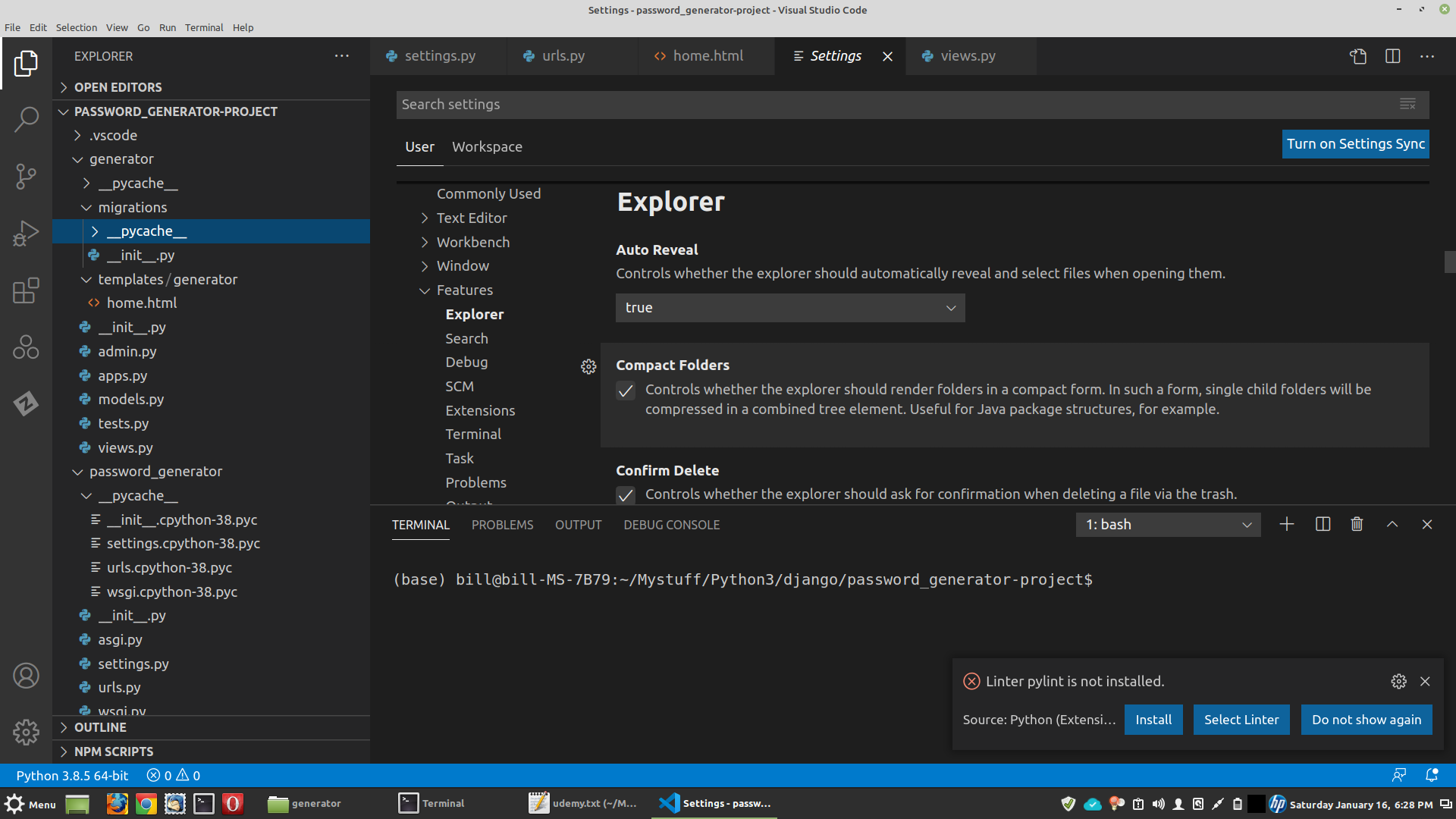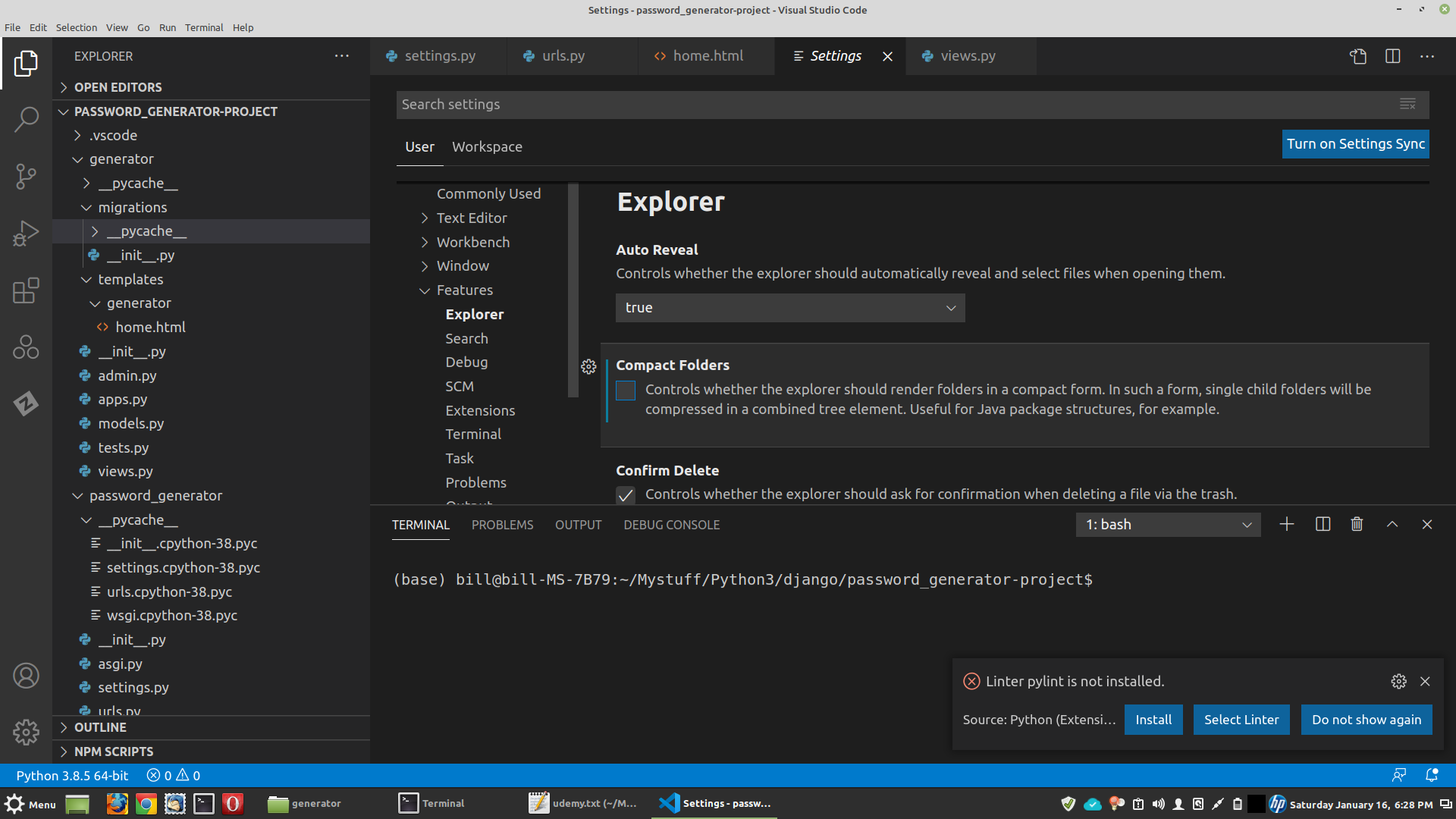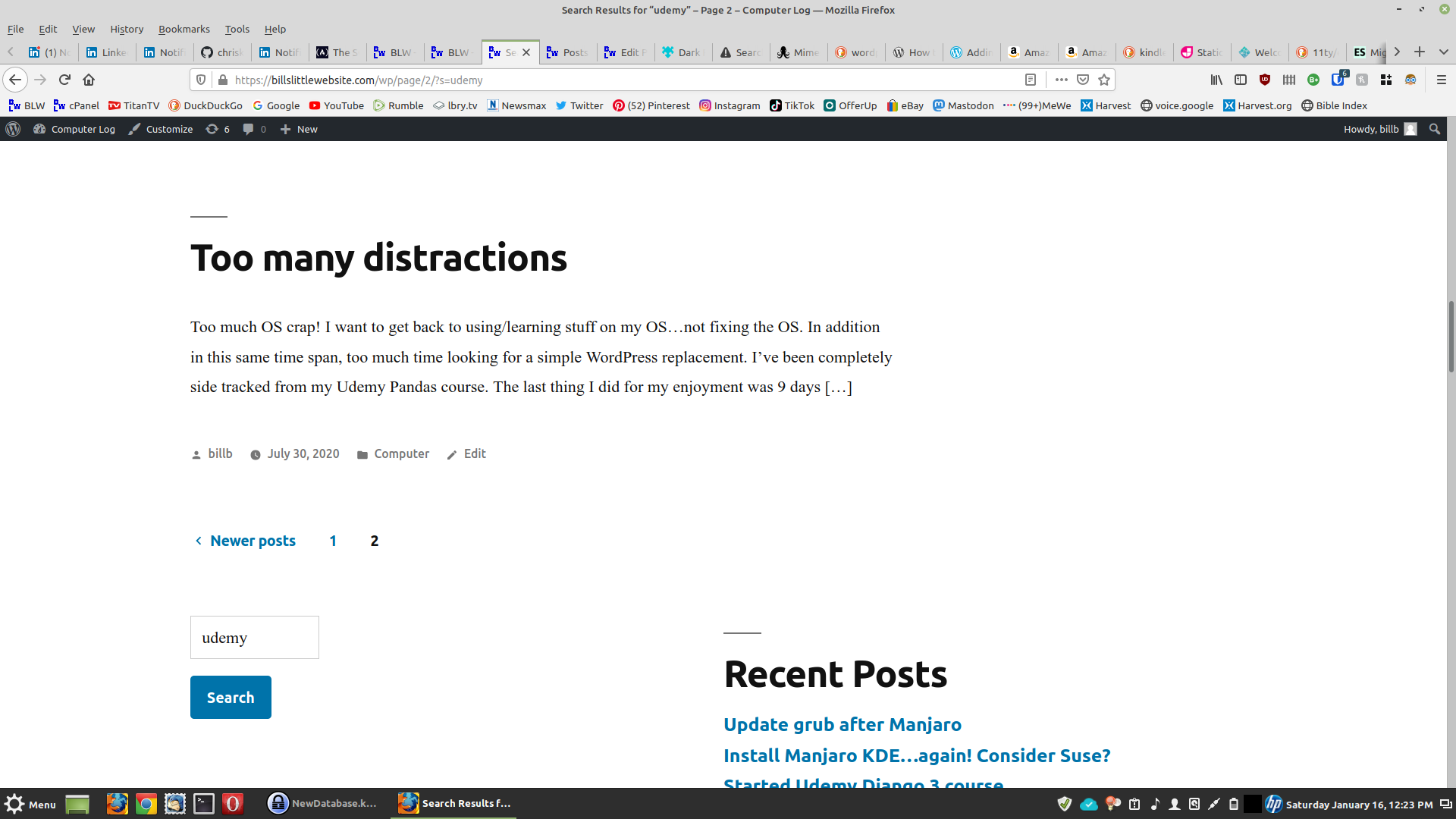Found my old Raspberry Pi Radio Project. I attempted to recreate the 1960s AM radio experience. I wrote a simple Python program that only plays random 60s era music along with ads and radio jingles from that era. I guess the keyword is “era”, because realistically some 1950s songs would also be played. I had intended to mount the Pi inside a 60+ year old yellow Admiral Model 4L28A AM Tube Radio, which I believe was 1st manufactured in 1959.

The program isn’t complex. The most tedious part of the project was gathering and sometimes clipping ads, jingles, from that era. Also found PAMS (Production Advertising Merchandising Service) from WQAM the radio station popular in my hometown of Miami in the 1960s While testing the program I found a gem that I don’t remember hearing before…Release Me. The version I most remember was from Engelbert Humperdinck however I prefer this one from Little Esther Phillips. I’m sure there are probably other hidden gems in the 340 MP3’s I have from that era. If I remember correctly, I got the bulk of the music using streamtuner2 and streamripper. Wow this music really brings me back! And unlike oldies radio stations, it doesn’t play modern ads and jingles to spoil the mood.


 As you can see this is the last page of a udemy search, it’s dated 7/30/2020.
As you can see this is the last page of a udemy search, it’s dated 7/30/2020.